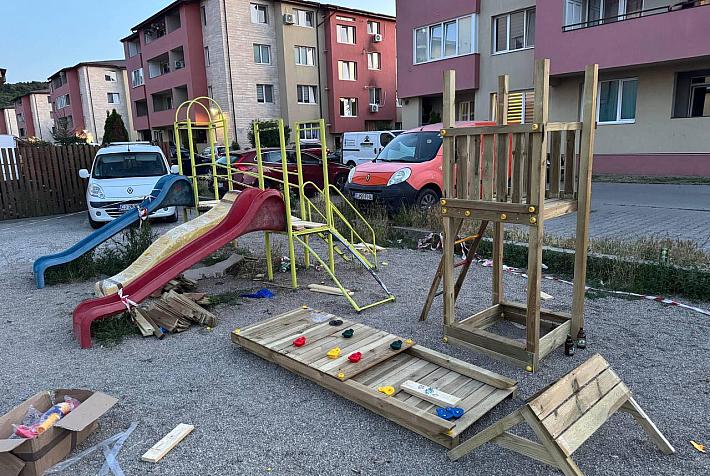Romanian companies have the lowest level of digitalization among EU enterprises

Romania is the EU country with the lowest levels of digitalization among its enterprises, according to a Eurostat report.
The data reveals that 72.1% of Romanian businesses fall into the "very low" category of digital intensity, the highest proportion among EU countries. Meanwhile, only 1.3% of Romanian companies have a "very high" digitalization level.
This contrasts sharply with the EU average, where a more balanced distribution is observed across various levels of digital intensity.
In 2023, digitalization remains a critical area for development across the European Union, with varying levels of progress observed among member states. According to the Digital Intensity Index (DII), which measures the adoption of key digital technologies, 59% of EU enterprises have reached at least a basic level of digital intensity, with 5% achieving a very high digitalization level.
This includes the use of technologies like AI, social media, cloud computing, and Customer Relationship Management (CRM) systems.
The EU's Digital Decade initiative has set an ambitious target for digital transformation: by 2030, over 90% of SMEs in the EU should reach at least a basic level of digital intensity. However, as of last year, SMEs in the EU were still 32 percentage points away from achieving this goal.
Countries like Finland, Malta, and the Netherlands have made significant strides, with a notable percentage of their enterprises reaching a "very high" level of digital intensity. Specifically, Finland leads with 13% of its enterprises at this advanced level, highlighting the significant disparity in digital adoption across the EU.
andrei@romania-insider.com
(Photo source: Viacheslav Iacobchuk/Dreamstime.com)











